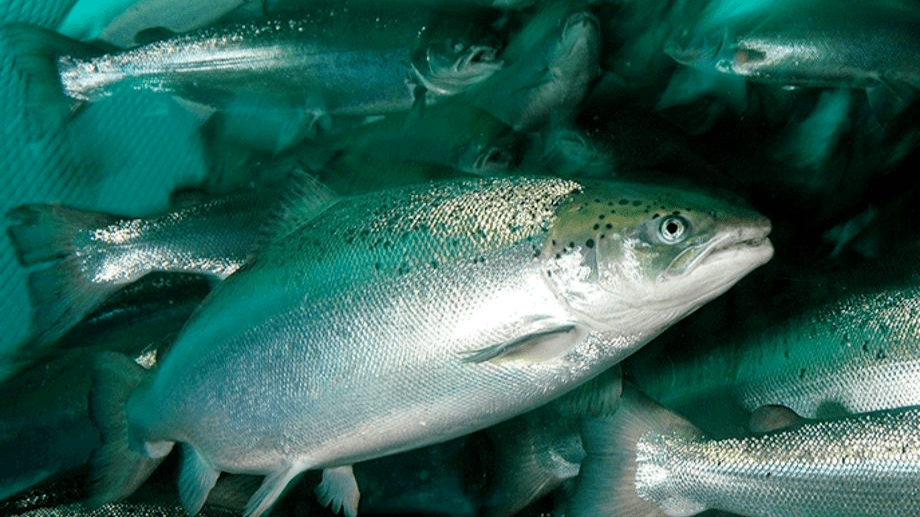News

Heart Rate and Swimming Activity Used to Measure Stress Response in Atlantic Salmon
Aquaculture farming of Atlantic Salmon has seen a steady growth globally. Bigger production systems and more exposed locations put pressure on the industry to maintain fish welfare and improve farming operations. This includes methods used for fish handling, which is believed to be a major cause of mortality in sea pens.
Research conducted by NTNU and NINA in Norway investigated if it was possible to measure the physiological status in farmed Atlantic salmon by recording heart rate and swimming activity of individual fish.
Tagged and untagged fish studied
A total of 60 fish were used in the study distributed in six tanks kept at 4.2°C. Out of those 60 fishes, 12 were implanted with a combination of tags including Star-Oddi’s DST milli-HRT, DST centi-HRT and DST centi-HRT ACT and a tag from another manufacturer measuring swimming activity. These 12 fishes were distributed in four tanks with 16 untagged fish as a reference group.
Data was collected for 24 days, including a 14-day recovery period after implantation, a stress challenge where the water levels of the tanks were reduced four times and another 10-day recovery period after the challenge. All fish were blood sampled four times and levels of Cortisol, Lactate, Glucose and Osmolarity measured.
Heart rate a sensitive stress indicator for salmon
Response of heart rate and swimming activity were consistent with blood proxies for stress levels in Atlantic Salmon. It was highlighted that heart rate showed an immediate response to stress. In contrast, the swimming activity was low until 2,4 hours after water levels were restored and swimming activity reached significantly higher levels than before the stressing period.
Heart rate remained elevated for 24,5 hours and activity levels remained elevated for 16,2 hours, on average. These results contradict previously published work from the same research group where gradually increased activity levels were measured during a stress experiment followed by a drop to lower levels when fish was released.
The study was published in the journal Aquaculture and can be accessed here.
